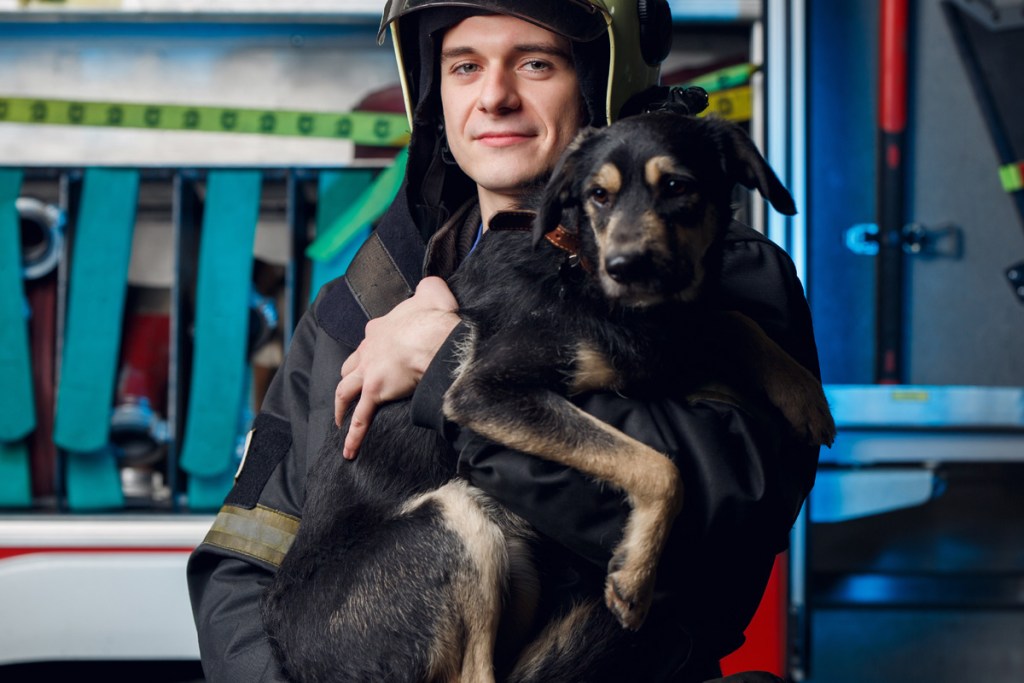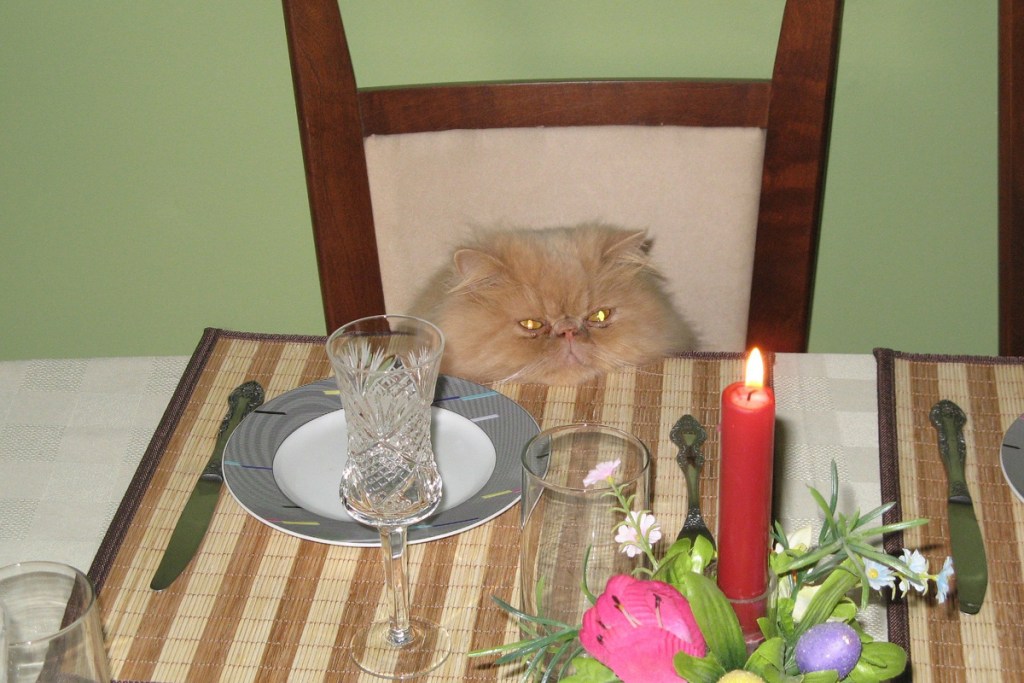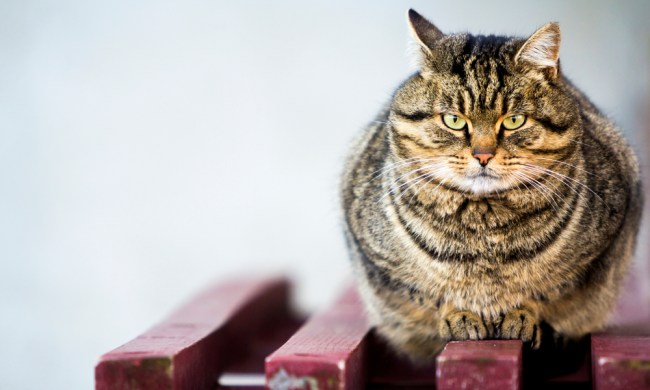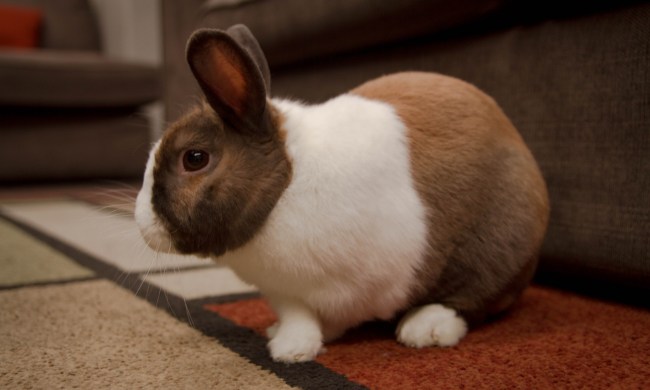We’ve all seen images of heroic firefighters running from burning houses cradling a dog or cat in their arms. The thought of beloved animal companions being trapped in a fire when home alone is a pet parent’s worst nightmare. It’s a valid fear, as about 500,000 pets are affected by house fires each year, with an estimated 1,000 house fires being started by pets. Luckily, there are ways to pet-proof your house to help prevent this from happening to you and your fur baby.

4 ways to keep your pet from starting fires
Do you want to keep your pet safe? Follow these tips and strategies.
Pet-proof your kitchen
Have you noticed how easy it is to accidentally turn on the knobs at the front of your stove by brushing against them? Well, this can just as easily happen with unsupervised pets. Cats can turn these knobs when using them as stepping stones to get to the stovetop. Large dogs can hit the knobs when jumping up to get to food or pots. If you have this style of stove, consider removing the knobs or protecting them with childproof covers before leaving the house. Better still, leave your pets in a safe room without access to the kitchen when home alone.
Secure electrical cords
Pets’ chewing on electrical cords also poses a danger. Not only can it cause a short circuit leading to a fire, but pets also can get electrocuted. While kittens and puppies are most likely to play with electrical cords, pets of all ages are at risk. Hiding the cords behind furniture is not the best solution when kittens or cats are the culprits because they can easily squeeze into tight corners to get to the wires. The best preventative is to hide the cords inside protective covers. You’ll find a wide variety of protective products on the market, including some made especially with pets in mind. For example, Chewsafe Cord Cover is infused with a bitter-apple taste to discourage pets from chewing. It’s important to consider the location of electrical outlets when choosing a spot for your pet’s food and water bowls as well as for her bed or crate.

Never leave pets alone with lit candles
If you like to burn candles and you share a home with cats, then you know how attracted kitties are to the flames. Many house fires are started by cats knocking over lit candles with their tails. Pets should never be left unsupervised around open flames, and that includes candles burning in the fireplace. Be sure that all candles are completely extinguished before you leave the house. Pet parents should consider using flameless candles with a light bulb when adding ambiance to a home.
Place a screen in front of fireplaces
Fireplaces and woodstoves are another house fire hazard when you live with pets. Dogs who enjoy playing with sticks will be attracted to the woodpile beside the fireplace, and cats will be fascinated by the dancing flames. To prevent fire or skin-burn accidents, set up a protective screen in front of the fire or stove. Pets also should be taught that the area surrounding the fireplace is off-limits. Be sure that all pet beds, blankets, and toys are kept at a safe distance from the fire. Also, never leave your pets alone in a room with a lit fire. Unsupervised pets can go exploring and knock over protective screens. It’s safer to take your pets with you when you leave the room.
In addition to preventing your pet from starting house fires, it’s important to have a plan in case the worst ever happens. Consider installing monitored smoke detectors that are connected to emergency responders. This will give you peace of mind that if a fire starts when you’re not home, the detector will alert emergency response services. You can help firefighters save all your pets by placing a rescue decal on your front window listing the type and number of pets in your home. This saves precious time when the rescuers are working hard to get your pets to safety.



